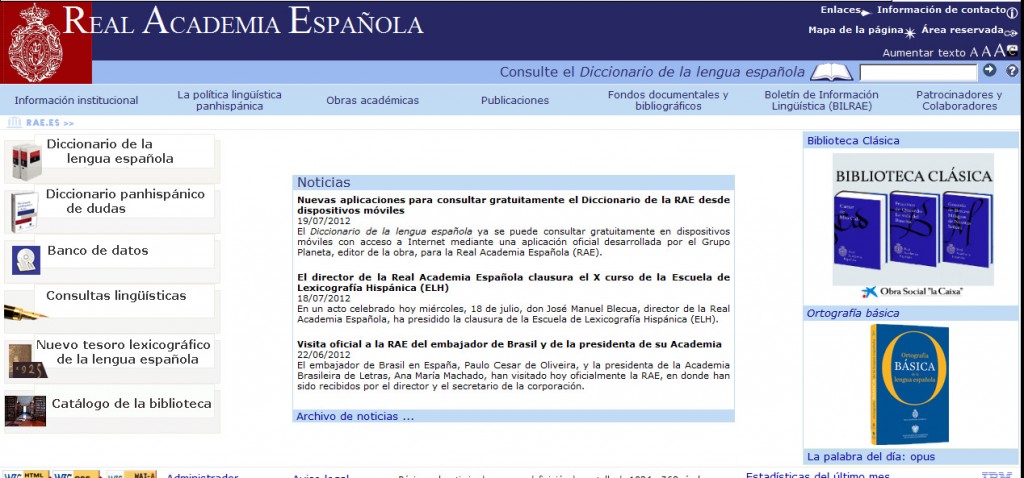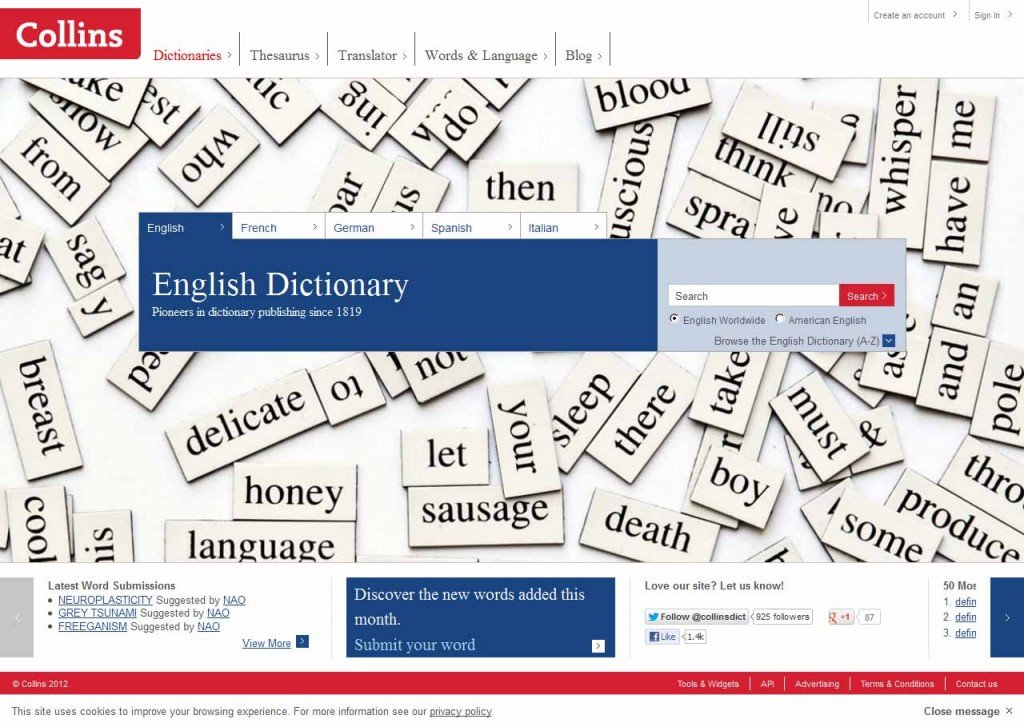
Translation work can be pretty lonesome sometimes. High speed internet connection at home, a professional email for work purposes and a reliable computer is all that the qualified translator needs on a daily basis. If he or she isn’t careful, it can be very easy to become a kind of recluse and feel fairly isolated from the rest of the working world in general.
This is why it is important for translators to network. It is inspiring and productive to stay in contact with new trends and to make an effort to be part of the translation community close to where you live. The problem is that not all translators really know where to start or how to network effectively.
The following tips cover some of the most useful networking strategies for translators worldwide. A daily dose of networking communication is all that it takes to turn a worn-out, stale translator into a modern, energetic master of language once more. If you love translation, but you feel that you need guidance and support every now and then, the ideas below are perfectly designed to meet your needs.
Contribute to Portals
Translation portals can be some of the best ways for translators to find support from other translators, find work and further develop their translating skills as the demands of their jobs expand.
Two of the most well-known translation portals are www.proz.com and www.translatorsafe.com. Both portals are particularly popular thanks to the extensive support and guidance translators can find via the forum discussions and translator help pages. Proz operates on a points system whereby translators who dedicate regular time to helping other industry experts and contributing to posts that have been published in the forum space earn more points. The more points a translator earns, the better their profile looks in Proz.
Positive profiles are clearly the best way forward for securing more work and better paid work too, which is why it is a really good idea to join these portals and make a constant effort to stay active on these sites as well.
Join Associations
It is also a very wise idea to join at least one translator association, particularly if you are working as a freelance translator as is the general custom of most translators across the globe.
There might be times when you need legal support or sound advice before signing a contract or launching into a long term project with any given company or independent client. As a member of a translator association, you will always have somewhere to turn should you require support of this kind.
Some of the most popular translator associations include:
1. The American Translators Association
2. The Institute of Translation and Interpreting
3. The Association of Translation Companies
Get Social
A quick search on social networking sites like LinkedIn, Facebook, Twitter and Termwiki will immediately highlight a long list of translators, translating companies, translating experts or translating sites that you can join and follow.
Once friends with other translating professionals, you will be able to share posts to your work and to job opportunities that come your way. The more you share, the more people will share with you in return and promote the translation work that you do. Essentially, getting social on social networking sites is one of the best and cheapest ways to spread information about your translation skills and learn about translation opportunities in record time.
Blog It
As an expert in translation, recognize that you have an important skill to share with others. Translators are in high demand across all industries, particularly in recent years as international business is now open to small businesses too via cheap, international online advertising with the likes of Google AdWords, for example.
If you start blogging about translation and translation-related topics on a weekly basis (regular posts are essential), then people interested in translation or people looking for translators will actually end up contacting you directly or following your blog and all your interesting updates.
Find your Specialization and Cut out the Middleman
This final tip is directly aimed at those translators who are looking for work and it highlights the benefits of cutting out the middleman. Ignore translator forums, translator groups and translator associations or websites and hit your potential client at the very source.
Make a decision and decide what kind of translation work you want to specialize in, if you haven’t done so already. There’s a huge difference between translators who specialize in medical translation and those who specialize in legal translation. Translating tourist material is nothing like translating novels and other kinds of creative writing.
When you know what kind of translation you want to dedicate most of your time to, head straight to the source with CV and past work examples at the ready and find out who, in your chosen industry, is in need of a translator.
For example, if your idea of a dream job is translating for hostel and tourism websites, send your CV to as many different hostels as possible and perhaps even visit some of them in person if you can.












